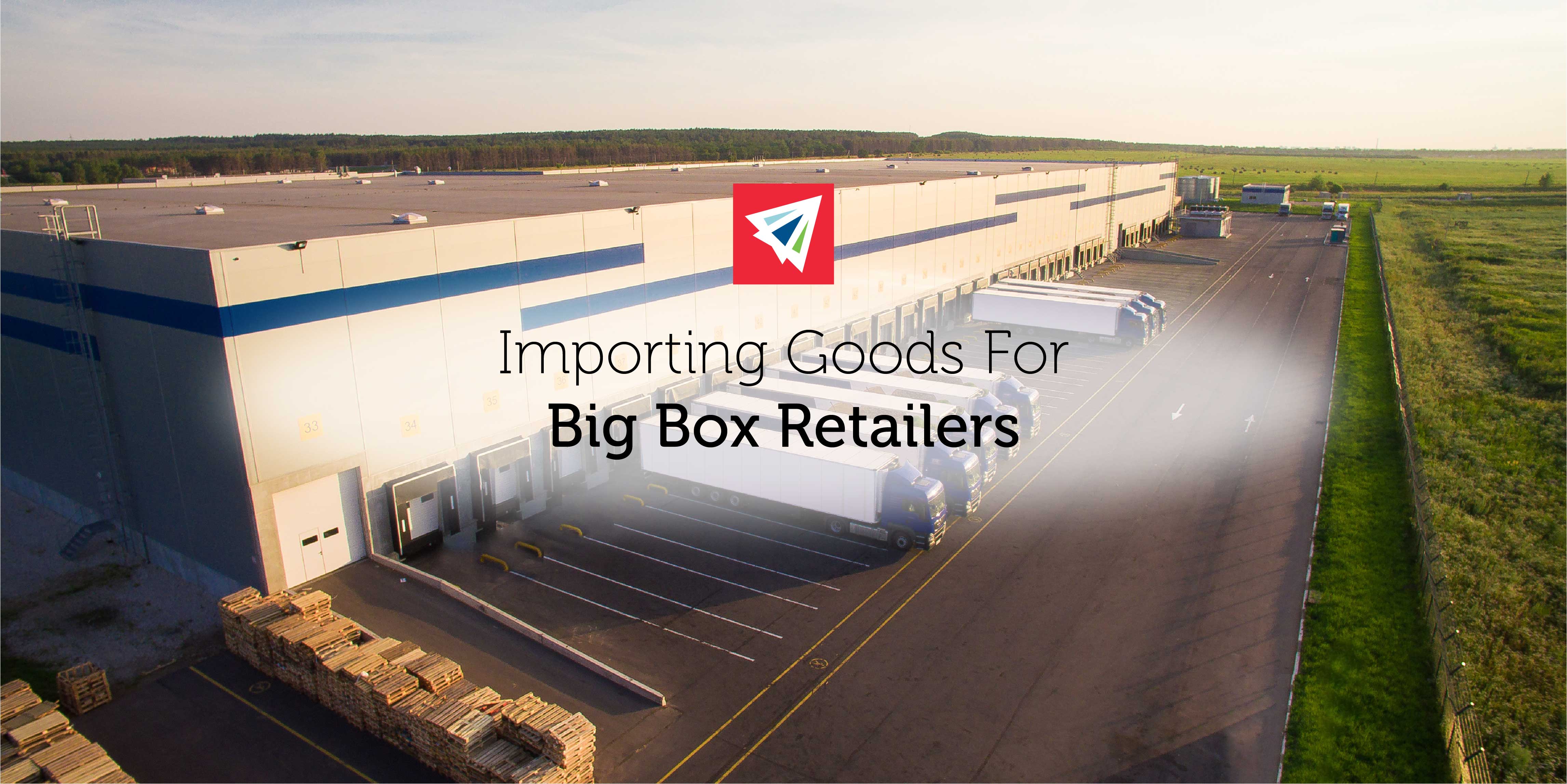A “Big Box” is a rather loose term used to describe retailers of significant physical size. These companies are moving large volumes of goods in and out of their retail stores and warehouses, and this provides an incredible amount of business opportunities for importers to the United States.
Importing Goods for Big Box Retailers
If you want to make more sales on your US imports, importing goods for Big Box retailers may be a great solution. However, working with Big Box retailers to sell your goods is a little more tedious of a process than you may be used to. If you haven’t already, make sure to read our tips on importing goods for Amazon, as the process is a bit different. Here are our recommendations if you would like to start selling your goods in a Big Box retail location:
Routing Guide
Perhaps the most important step in moving forward with selling your goods at a Big Box retailer is to search for and read their routing guide. Every large retailer should have one, and it can adopt a variety of names such as a “routing guide,” “packaging and labeling manual,” etc. This will indicate the specifics on how that particular retailer expects you to prepare and ship your cargo to their stores, the best practices for selling at their locations, and various other required steps.
Create A Vendor Pack
Vendor packs are required of all suppliers who are seeking to sell their products in a Big Box retail location. The vendor pack contains relevant information such as the seller’s supplying points. This includes pay, order to ship, GTIN to identify the trade items, order configuration, and the vendor’s stock number and description (if available.)
Corrugated Shipping Requirements
Most retailers will require you to ship your goods in corrugated boxes, given you are selling goods that would fall into this category. If so, make sure to read through the retailer’s routing guide to see if you can find information regarding their rules and requirements for corrugated boxes. Often times, retailers will not accept goods packaged in reused corrugated boxes, or corrugated boxes (single or double walled) that do not meet strength requirements outline in their routing guide.
Shipping Label Placement
Once again, this is usually indicated in a Big Box retailer’s routing guide, but the placement of your labels must be correct for your products to be accepted. We hear all too often of stories where vendors standardized their label placement amongst thousands of boxes and had a majority of them rejected by retailers because they were placed wrong. Double check, triple check, and quadruple check that you have your label placements correct before proceeding to ship your products to a Big Box retailer.
Conclusion
There are too many factors for us to cover them all here, but the above are some of the most common places we see people make mistakes when they are attempting to sell their products at a Big Box retailer. It’s important not only to understand the process of importing goods for big box retailers, but also general tips on what is necessary when importing to the U.S. Make sure to review (very thoroughly) your Big Box retailer’s routing guide or packaging and labeling manual to get a clear grasp on what business practices are accepted or rejected by your retailer. As always, Interlog USA is always there to have a conversation with those who are confused, unconfident, or just want some tips on the most efficient and effective practices to getting your products into a Big Box retailer, we are here to talk.
